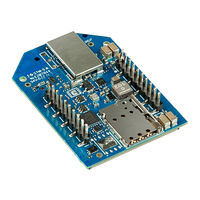Digi XB3-C-A1-UT-001 Manuals
Manuals and User Guides for Digi XB3-C-A1-UT-001. We have 1 Digi XB3-C-A1-UT-001 manual available for free PDF download: User Manual
Advertisement
Advertisement
